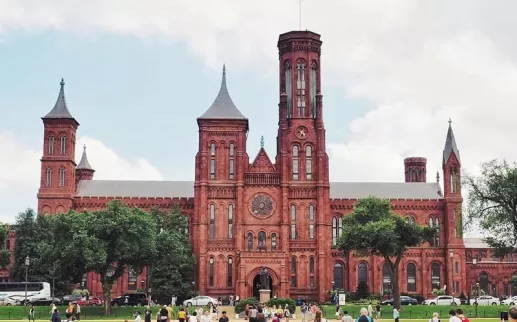In April, President Donald Trump made headlines with a sweeping announcement of new import tariffs, a move that initially sent ripples of uncertainty through global financial markets. However, following a period of deliberation and adjustment, he now claims a series of achievements with partner countries and has implemented unilateral tariffs on others without triggering the chaos seen earlier this year.
With a renewed focus on restructuring America's economic relationships, Trump asserts that his approach will lead to increased government revenue, a renaissance in domestic manufacturing, and an influx of foreign investment. However, the long-term consequences of his strategies remain cloudy at best, prompting concerns over their potential adverse effects on the economy.
What is evident is that the shifting tides, once merely turning towards reduced global trade, have transformed into a significant wave that is reshaping international commerce. While immediate fallout has been less dramatic than anticipated, the potential for future changes lingers, compelling nations to rethink their alliances in light of new trading dynamics.
Deadlines have become a critical element of Trump’s strategy; the reminder of 1 August loomed over international policymakers, nudging them towards reaching agreements with the US to mitigate the threat of steep tariffs. However, as the deadline passed, only a handful of trade deals materialized, many lacking the detailed provisions characteristic of previous negotiations.
The UK was among the first to adapt, initially shocked by a 10% tariff that proved less severe than the 15% imposed on other trading partners, such as the EU and Japan. As more countries found themselves caught in this network of new tariffs, it became evident that American imports were heading towards a chaotic patchwork of agreements, each with strings attached.
Despite the concerns about their immediate economic impact, the worst predictions have not yet materialized. In fact, some industries now benefit from heightened clarity around tariff terms, allowing businesses to resume delayed investments and hiring decisions. The stock market reflects this newfound optimism, with significant gains noted in recent weeks.
Yet, the implications for tariffs are far-reaching. Increased rates—from an average of 2% at the beginning of the year to a staggering 17%—have dramatically affected projections for US government revenues. While the immediate fiscal benefit for the federal government includes substantial imported duty collections, experts warn of the long-term impact on consumer prices and household incomes, which may provoke backlash, especially among Trump’s core supporters.
Looking at the broader international landscape, countries like India face varying tariff repercussions, while Germany grapples with significant growth setbacks due to elevated trade costs. The shifting dynamics also signal a potential reconfiguration of trading relationships, prompting countries to actively seek alternative alliances in a landscape marked by unpredictability.
Caught in the midst of worsening tariffs, American consumers may soon confront rising prices. Trump’s team has discussed possible solutions, including rebate checks to offset the financial burden on low-income households, a politically sensitive move given the impending midterm elections.
Furthermore, many trading relationships remain unresolved, particularly with countries like Canada and Taiwan, indicating the need for ongoing negotiations. With critical sectors like pharmaceuticals and steel still without clear resolutions, the uncertainty continues.
In evaluating the outcomes of these tariff arrangements, analysts emphasize that the true costs or benefits of Trump's strategies may take years to fully manifest. The core question remains: will these tariffs reinforce America’s position in the global economy or hasten a foundational realignment that fails to serve US interests? For Trump, the stakes are high, as the impact could resonate deeply into the political fabric of the nation as midterms approach, revealing whether his trade objectives revitalize or undermine American economic futures.


















